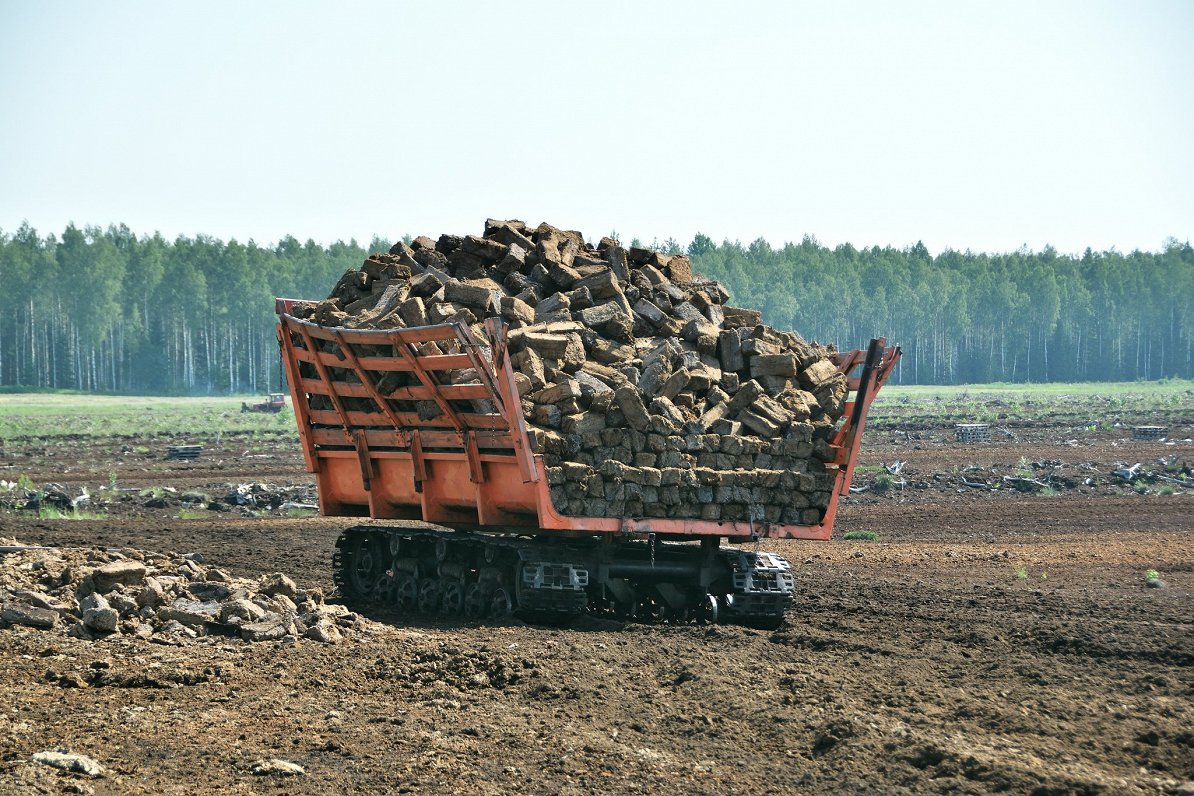The EU is calling for a reduction in the use of peat in horticulture
–
–
At a meeting of the Council of Agriculture and Fisheries Ministers in Brussels on Tuesday, 24 May, Member States plan to discuss the future of peat use. The German delegation will encourage the development of a strategy to reduce the use of peat in horticulture, as there are more environmentally friendly alternatives.
Ingrīda Krīgere, the head of the Latvian Peat Association, pointed out that 70% of the substrates used in the world are peat substrates. On the other hand, when it comes to emissions from peat extraction, the industry has long indicated that a new measurement and research methodology needs to be developed.
“Peat production is said to be very emission-intensive. It is determined by an appropriate methodology, which was developed 15-20 years ago and is not really true. It is currently counting – the moment we get the peat, remove it from the bog, it oxidizes. But this does not happen, because the product continues its life and the CO2 product in peat lasts up to 60 years, as Swedish scientists have proved, ”explained Krieger.
The head of the Latvian Peat Association also expressed hope that the German proposal would not be supported.
Andrejs Vītoliņš, the head of the Latvian Plant Growers Association, confirmed that
For the industry, peat is one of the main raw materials for plant production, for which there are currently no similar alternatives.
If a peat substrate were banned, the industry would seek this raw material in third countries, although the current geopolitical situation also makes this impossible.
“Scientists have been looking for alternatives, both in the form of wood chips and in the sapropel project itself. There is quite a lot of potential for both, the second and the third replacement material, there is no technology. Even if restrictions are planned, please work together, look for alternatives and a coherent replacement plan. Instead of taking and cutting off. Unfortunately, some political decisions can also cut very deeply for the economy, ”said Vītoliņš.
Lelde Eņģele, an expert from the Latvian Fund for Nature, explained that in addition to their development, bogs are also valuable and unique ecosystems that play an important role. She said that if the industry as a whole were to move away from peat not only for energy but also for horticulture, it should be the same all over the world, not just in Europe.
In Latvia, meanwhile, it is important not to at least expand the development areas in the bogs that have not been affected so far or are little affected. There are already large areas in Latvia where peat is currently being mined. There are areas where mining has only recently begun. And there are other areas that are heavily affected – peripheral mining fields or areas where mining was abandoned during and after the Soviet era.
In the coming years and decades, without even starting to extract new land, I think we have something to dig and dig. But you really shouldn’t go to new swamps, “said the expert.
Licenses for peat extraction have been issued to 62 companies. The industry association indicated that peat is extracted in Latvia by 4% of the total mire area and companies do not plan to increase this area.
In Latvia, 93% of the extracted peat is exported to more than 100 countries, and the largest markets are Germany, Belgium, the Netherlands, China and Italy.
–
Highlight text and press Ctrl+Enterto send the snippet to the editor!
Highlight text and press Report an error buttons to send the text to be edited!
–
–


